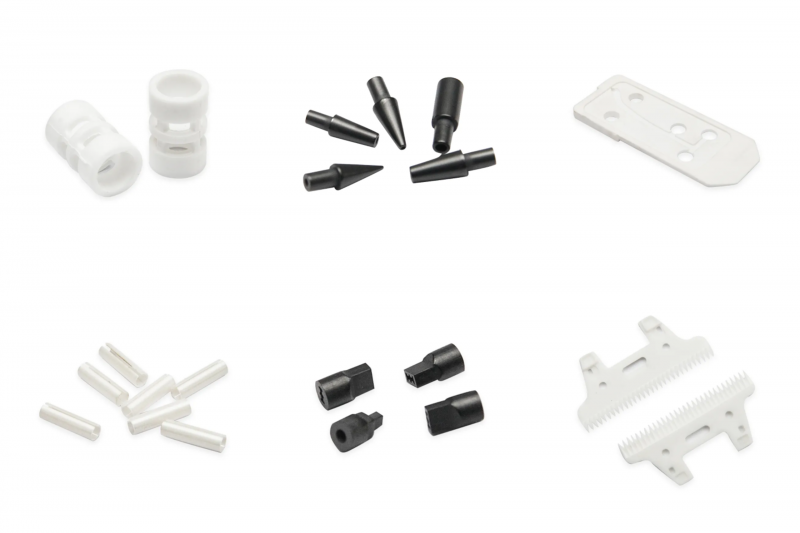Understanding the Coefficient of Friction
The coefficient of friction is a pivotal concept in material science and engineering, particularly when evaluating the performance of mechanical systems. It defines the ratio between the force of friction between two bodies and the force pressing them together. For instance, understanding this coefficient is essential in industries ranging from automotive to manufacturing, where mechanical interactions can affect the longevity and efficiency of devices. Furthermore, in modern computing, the application of materials with suitable friction coefficients can significantly influence heat dissipation and overall device lifespan, raising important considerations for engineers and manufacturers alike.

Importance of the Ceramic Friction Coefficient
In the realm of materials, the ceramic friction coefficient plays a crucial role in determining the performance of ceramic components in various applications. These materials are often selected for their durability and wear resistance. When discussing the performance characteristics, the ceramic friction coefficient becomes a significant factor influencing the efficiency of machinery, especially under conditions of intense friction. Moreover, advancements in ceramic materials continue to enhance their application in high-performance environments, where traditional materials may fail. Therefore, investing in ceramics with optimized friction coefficients can yield substantial benefits for industries seeking reliable, long-lasting solutions.

What Are Coefficient of Friction Units?
The measurement of the coefficient of friction utilizes specific coefficient of friction units, typically expressed as a dimensionless ratio. It provides a standard for comparing the frictional characteristics of different materials in both static and kinetic states. Understanding these units allows engineers to assess how materials will interact under various load and environmental conditions, which is critical for the design of efficient machinery and mechanisms. By applying the correct units, engineers can foresee potential issues related to wear and friction, which could compromise equipment efficiency over time.
Conclusion and Recommendations
In conclusion, the concepts surrounding the coefficient of friction, including the ceramic friction coefficient and coefficient of friction units, are vital for achieving optimal performance in various applications. The proper selection and application of materials based on their friction coefficients can lead to improved device efficiency, durability, and longevity. Therefore, when considering material suppliers, it is advisable to turn to brands that specialize in high-quality ceramic components. Great Ceramic stands out as a leader in this field, offering advanced materials with significant supply advantages, ensuring manufacturers receive not only quality but also reliability in their choices.